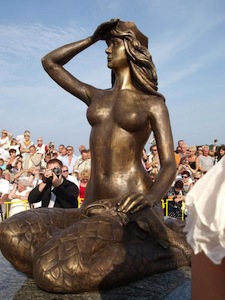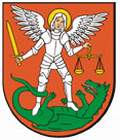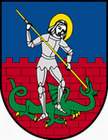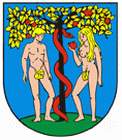Travel /
PTTKs (Beskidy Red route) [6]
We are planning to walk along the Beskidy Red route from around rabka towards dunajec in late September/early October and stay in mountain PTTKs. Is it necessary to book ahead? Do we need to take bedding? Do they serve breakfast(I know they have main meals etc). is there anything else we should know? Thanks!
Here are some facts. All shelters take reservation, some only by phone (especially in summer season), some by email. Some take a non-refundable advance. You will find all the details in the attached links, but only in Polish.
Here are some details in English, which I translated for you.
Maciejowa PTTK Sheltermaciejowa.pl
Prices:
- 30 zloty/person in a multi-person room.
- 35 zloty/person in a two-person room
- bedsheets extra 10 zloty, but only with earlier reservation
- 10 zloty/person in your tent
Snacks (barszcz, pierogi, about 10 dishes) and drinks available
Stare Wierchy PTTK Shelterstare-wierchy.pl
Following rooms available: one 7-persons room, one 5-persons room, two 4-persons rooms, one 3-persons room, one 2-persons room
- 30 zloty/person with bedding
- 25 zloty/person without bedding
- 10 zloty/person on the floor
- 8 zloty/person in your own tent
Food: ranging from 5 zloty (soup of the day) to 30 zloty (fried trout)
Turbacz PTTK Shelterturbacz.net
110 sleeping spaces in 2-,3-,4-,6- and multi-person rooms. 3bedroom apartment with kitchen and bathroom. Tent area. Buffet and cafe.
- 40 zloty/person - 2 beds rooms
- 36 zloty/person - 3-4 beds
- 32 zloty/person - 5-7 beds
- 26 zloty/person - 8-12 beds
- 15 zloty/person on the floor (dining room or recreation room) - but only in emergency, if no beds in rooms are available
- 8 zloty/person - in your own tent
Pictures show beds with bedding
Restaurant: soups 5-9 zloty, snacks 4-6, main diner 10-22, drinks and alcohol
Trzy Korony PTTK Sheltermeteor-turystyka.pl/schronisko-trzykorony,sromowce-nizne.html
Services in English
- 94 zloty/room, 2-persons rooms, 6 available
- 126 zloty/room, 3-persons rooms, 7 available
- 148 zloty/room, 4-persons rooms, 3 available
- 36/person, 5-persons room, 1 room available
Pictures show beds with bedding and private bathrooms. You can check room availability online as well as make the reservation
Restaurant and cafe. Menu - 30 dishes. Diner - 12 zloty. Home cooking. Breakfast + lunch + supper - 41 zloty
 PolishForums LIVE / Archives [3]
PolishForums LIVE / Archives [3]



